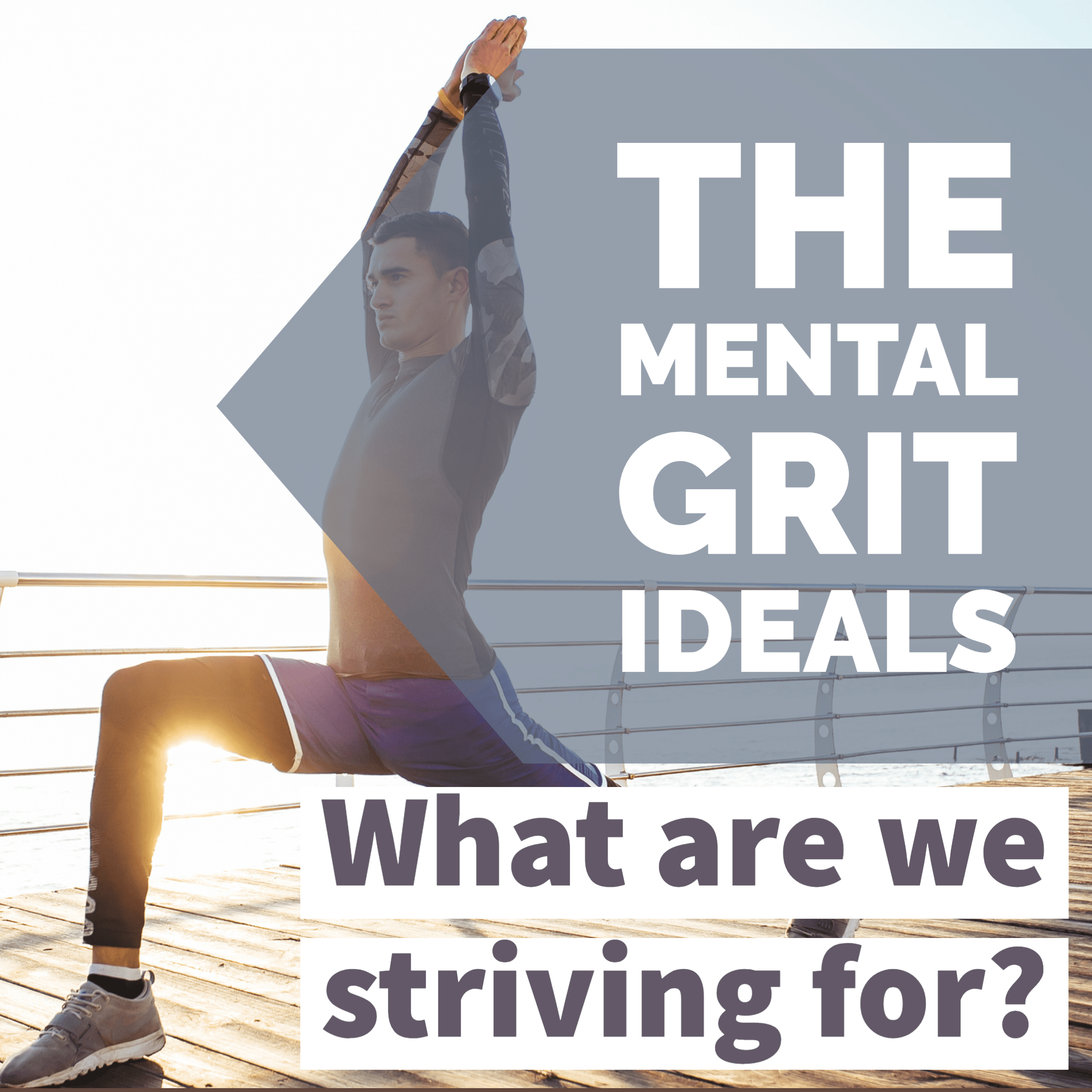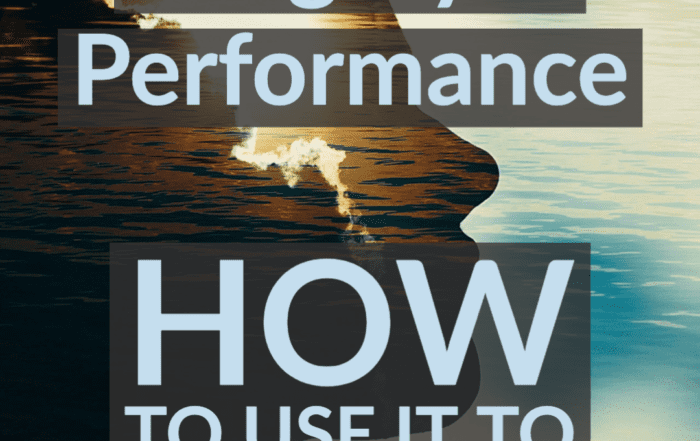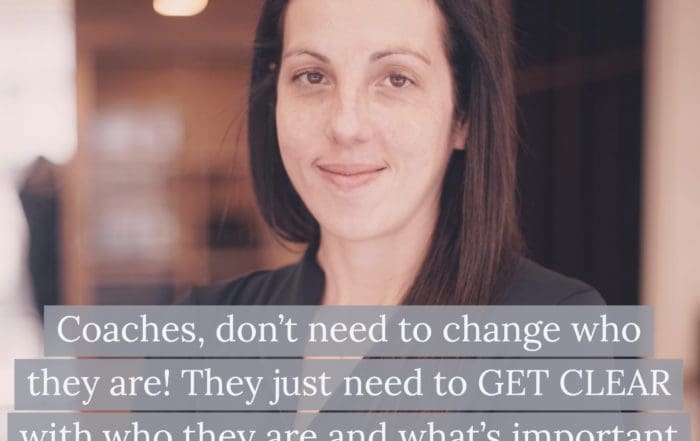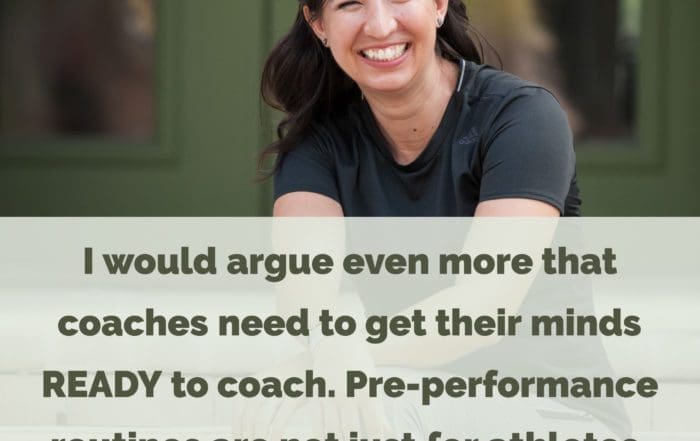
The Mental Grit Ideals
Post Author:
natelast
Categories:
Date Posted:
March 14, 2019
Share This:
What is the goal? What is the best mental space or orientation to achieve for optimal performance?
This is the question that has driven my study within sport psychology. After years of research taking a critical view on the scientific theory and personal experience regarding sport performance, I have found the following to be a large part of that answer.
# 1: Process Before Outcome
The Process: The process is the work, the moment, the present action that will take you to where you want to go. It is dirty, sweaty, and typically painful in some way but when we engage in it, we thrive! I have heard this referred to as the DIRT.
The Outcome: The outcome is the dream, the end, the ‘what could be’ in our imagination. It is motivating, inspiring, and gives us direction. It is also one of the most detrimental places an athlete can put their attention when competing. This has been referred to as the CLOUDS.
So, where is your head at? The DIRT or the CLOUDS?
I remember when I first started running endurance races, I would get 7 miles into a race, it would start hurting, and every-time without failure I would think about finishing the race. This would motivate me for a few minutes but, unfortunately, I would still be at mile 7 bringing my spirits down and making for a really long race. This would happen at mile 8 and 9 and 10 until I hit about 12.5 miles into the half marathon.This outcome orientation pulled my focus away from my form, my cadence, and my breathing because it was simply easier to imagine then it was to run. However, as I got better at focusing on the process of the race, the dirt, the form, the cadence of my run, the events got shorter and shorter mentally and physically.
These two ends of the spectrum can also be represented in a timeline of past – present – future, where the process is represented by the present and the outcomes are represented by the past and the future. What you have done or will do. What do we know about the best place to put our focus within competition and practice? The present moment, the process, is the king!
So how do you proceed within this ideal? How can you start being more process oriented in athletics? Well I would ask that you make it a habit to check yourself. If you find yourself in the clouds, bring your focus back to the dirt and get to work!
# 2: Strength Before Weakness
Do you focus on, pay attention to, and engage in your strengths during your most challenging, adverse, and volatile athletic scenarios? Or do you find yourself falling into your weaknesses?
This mental ideal is simple, the more you can engage in your strengths when facing challenges, the better you will perform. It’s as simple as that. So, why are we are bad at it as athletes?
You might look at this ideal and say something along the lines of, ‘well that’s easy, all I need to do is focus on my strengths?’ YUP. It really is as simple as that.
So… Name 5 of your strength. GO!
Now… how long did that take you to come up with the list?
Next questions name 5 weaknesses in your game or performance right now. GO!
Now… how long did that list take you?
If you are like most of the world, you will actually find that you can name your weaknesses or what you need to work on far faster than you can name your strengths as an athlete.
The background of this ideal is based on the fact that our society has become much more influenced by weakness than by strength. It is ingrained in us as children as we see our parents, peers and coaches put more attention, and therefore more power, on fixing issues or weaknesses in the things we do. However, our weaknesses are not what will ultimately earn us championships. What gets us there are our strengths and we must know them so well that we can turn to them under any scenario BEFORE turning to our weaknesses.
So, how do we proceed within this ideal? Start learning your strengths. Know them. Memorize them. Love them and pay attention to them so that when you face your biggest challenges you will be able to lean on them and win.
# 3: Achievement before Avoidance
Now this may seem obvious, however I want to make sure you understand the point of this ideal up-front. We try to avoid failure as athletes, especially at the high school and college levels, more than we focus on obtaining success when performing. However, the best place we can put our minds in order to perform optimally is on what we want to achieve. To put it simply, the best mental orientation for success, is success.
This is something that is difficult for most athletes to do though.
Again, due to the way our society works, we have become focused on avoiding bad results when we fail. Ask an athlete how about their process goals and you will find that many of the answers will include don’t(s) or not(s) which ultimately help them avoid feeling the pain of ridicule, failure or judgement. The fact is we live in a society that puts more emphasis on what we don’t want to happen rather than what we do what to happen.
Don’t hit the ball left.
Don’t screw up.
Don’t worry about the other team.
Don’t focus on the last kick.
Don’t let the team down.
Similar to the first ideal listed above, this avoidance mentality leads to a constant focus and engagement on the unhelpful and ineffective, resulting in most cases in a self-fulfilling prophecy. The individual literally thinks themselves into their own definition of what is unsuccessful.
A note about the word “before,” used in the ideals.
What “before” refers to in the ideals is simple: there will always be a place for attending and engaging in our weaknesses, our outcomes and what we need to avoid, however when it comes to competitive performance it is not productive to continuously engage in that kind of mental orientation. I like to use this little saying. It is ok to find yourself oriented towards weakness, outcomes, and avoidance, however, it is not ok to stay there if you want to perform optimally!





